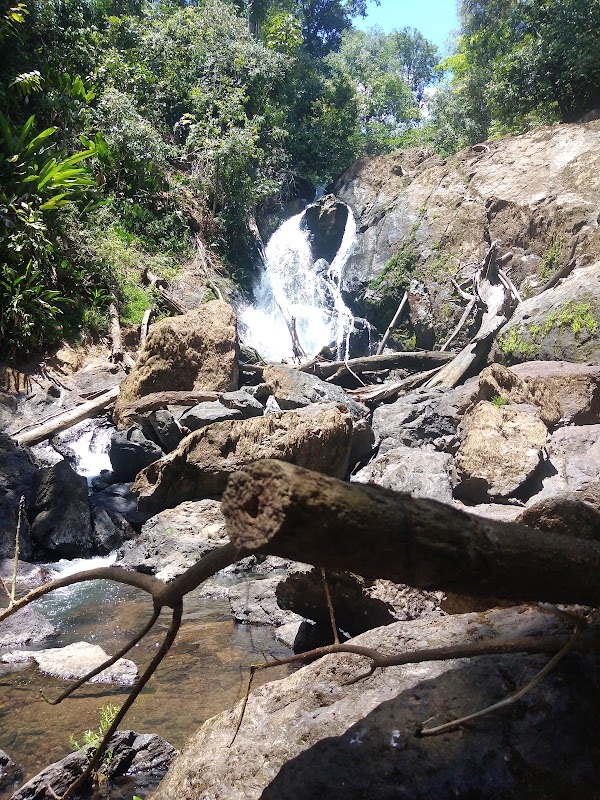Top Wildlife-Watching Adventures on the Osa Peninsula: Discover Corcovado National Park and Beyond
The Osa Peninsula’s rugged trails and rich ecosystems offer unparalleled wildlife-watching adventures centered around Corcovado National Park. Discover how to navigate its diverse terrain while uncovering rare species and vibrant forest scenes, perfect for both casual hikers and dedicated naturalists.
Start at Sirena Station Early
Begin hikes in the early morning to maximize wildlife sightings and avoid afternoon heat and rain showers.
Carry Ample Water and Snacks
Trails can push your endurance; bring at least 2 liters of water and high-energy snacks to maintain strength on long treks.
Choose Waterproof and Durable Footwear
Muddy, wet, and rocky trail conditions require boots that offer grip, ankle support, and water resistance.
Use a Local Guide
Navigating dense rainforest paths and spotting elusive wildlife is more effective with experienced guides familiar with animal behavior and trail conditions.
Top Wildlife-Watching Adventures on the Osa Peninsula: Discover Corcovado National Park and Beyond
The Osa Peninsula stretches into the Pacific, a fiercely wild realm where rainforest and sea collide with relentless energy. At its heart lies Corcovado National Park, often called the jewel of Costa Rica’s biodiversity. Here, every step on its rugged trails invites you into a dialogue with the forest—vines curl like watchful sentinels, the river provocatively challenges your crossing skills, and the air hums with the chatter of howler monkeys.
Begin your adventure at Sirena Station, the most famous hub for wildlife encounters. The hike from Puerto Jiménez to Sirena spans about 13 kilometers one way, with elevation gains reaching up to 300 meters. The terrain shifts from muddy forest paths to rocky slopes, demanding sturdy boots and steady footing. Each bend reveals something new: brilliantly colored birds flitting through canopy gaps, the shadowy silhouette of a tapir by the riverbank, or the distant rumble of a waterfall falling into the wild.
Beyond Corcovado, the Osa Peninsula offers other wildlife havens. The Golfo Dulce Forest Reserve shelters dense mangroves and quiet trails where scarlet macaws wheel overhead. Nearby, the Ceibo Trail combines a relatively gentle 7 kilometers with opportunities to spot crocodiles resting by winding river bends and ocelots slipping through undergrowth.
Practical preparation is key here. Temperatures hover between 25-30°C year-round, but expect sudden downpours that drench the trail and test your waterproof gear. Hydration matters—carry at least 2 liters, more if the humidity weighs heavy. Travel light but prepared: insect repellent, layered clothing for cooling and drying, and a good headlamp for early starts or late finishes.
Timing your trip from December through April reduces rain interference, though each season offers its own rewards—wet months bring bursts of amphibian activity and vibrant flowering. Packing patience along with your gear ensures you read the forest’s stories in silence and sharp observation.
These wildlife-watching adventures aren’t just hikes; they are invitations to engage with a landscape fiercely itself. Respect the patience of the jaguar or the sly maneuvering of the emerald vine; the forest teaches when you listen.
Whether you are a weekend wanderer or a seasoned explorer, the Osa Peninsula sets a stage of endless discovery grounded in raw, natural detail and practical challenge. Keep your senses open, your pack light, and your steps steady—wildness waits.
Nearby Trips
All Adventures
Boat Charters
Water Activities
Adventures near Puerto Jiménez
Discover the unique and memorable adventures that make Puerto Jiménez special.
Frequently Asked Questions
What wildlife am I most likely to see on the Corcovado trails?
Visitors can expect to see howler monkeys, tapirs, scarlet macaws, and if lucky, elusive jaguars or ocelots. Early mornings increase chances of spotting active mammals and birds.
How difficult are the hikes in Corcovado National Park?
Trails vary but generally are challenging due to variable terrain, mud, and heat. Hikes can take from 4 to 12 hours depending on the route, so a reasonable fitness level and good preparation are essential.
Is it necessary to hire a guide for exploring Corcovado?
Yes, guides greatly enhance safety and wildlife spotting. Their knowledge of animal habits and trails ensures a richer, less risky experience in this remote environment.
What are the best times of year to visit for wildlife viewing?
Dry season (December to April) offers easier hiking and good wildlife activity. The wet season (May to November) brings lush vegetation and amphibians but can make trails slippery and harder to navigate.
Are there any lesser-known spots on the Osa Peninsula for wildlife watching?
Yes, the Golfo Dulce Forest Reserve and Ceibo Trail provide quieter alternatives to Corcovado with excellent chances to see crocodiles, macaws, and unique river ecosystems.
What environmental considerations should visitors keep in mind?
Visitors must follow strict park rules: stay on trails, avoid feeding animals, carry out all trash, and respect quiet observation to minimize stress on wildlife and preserve the fragile ecosystem.
Recommended Gear
Waterproof Hiking Boots
Provide grip and ankle support for muddy, uneven terrain while keeping feet dry during sudden rain showers.
Lightweight Rain Jacket
Quick-drying and breathable protection crucial during afternoon rains.
Insect Repellent
Keeps mosquitoes and biting insects at bay, especially important in humid lowland forests.
Hydration System
Allows easy access to water while hiking, supporting hydration in the tropical heat.
Local Insights
Hidden Gems
- "Ceibo Trail offers a quieter and shorter option with diverse wildlife encounters."
- "San Pedrillo Station provides a less crowded access point to Corcovado’s interior."
Wildlife
- "Giant river otters patrolling waterways"
- "Resplendent quetzals briefly flashing in the canopy"
- "The rare baird’s tapir crossing forest trails at dawn"
History
"The Osa Peninsula holds significant indigenous heritage and was historically one of Costa Rica’s last frontiers for conservation efforts starting in the 1970s."

